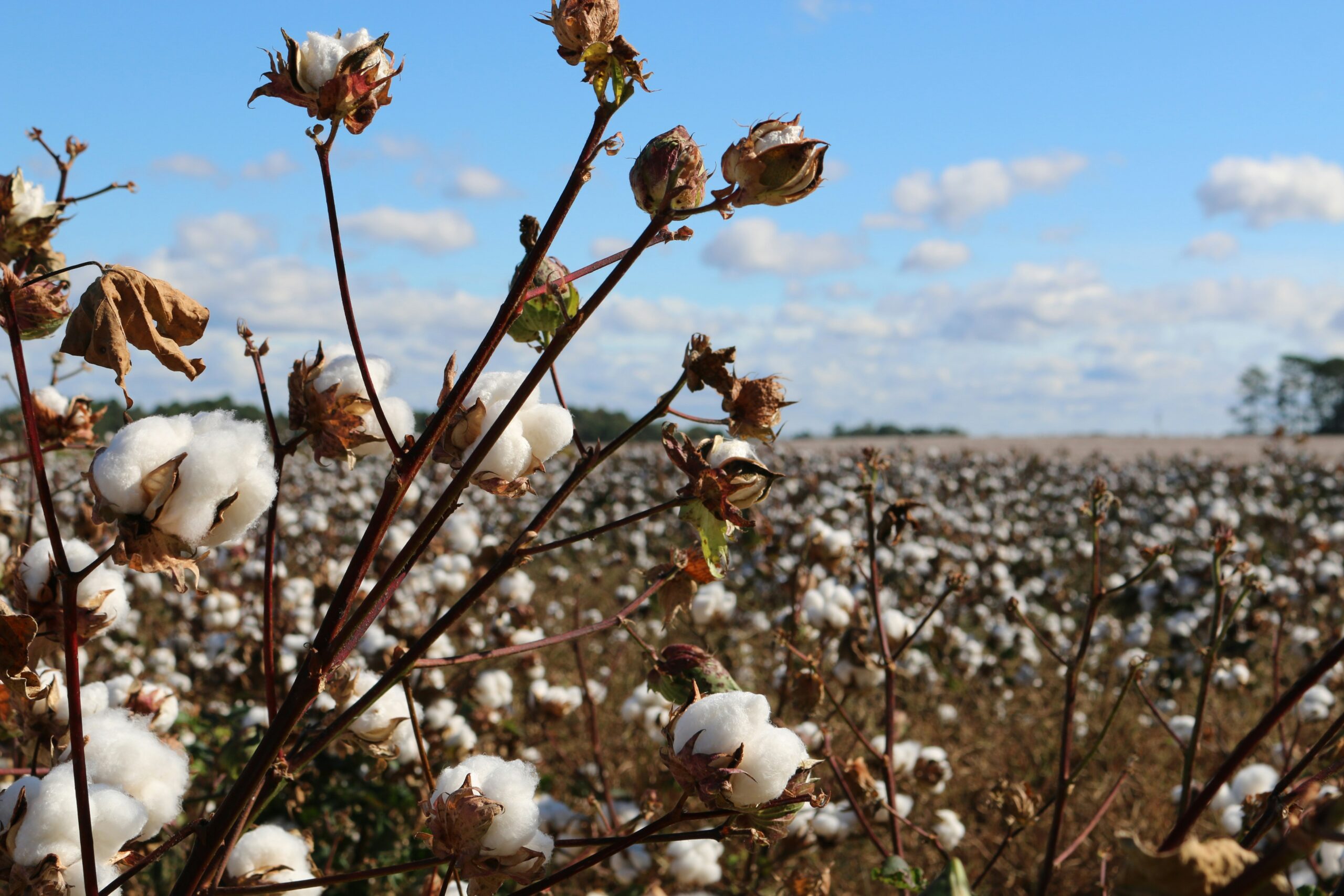The recent DigiCom Online webinars discussed many aspects of the rapid pace of digitalisation in commodity trading. The overwhelming takeaway is that organisations are facing pressure to make better use of data, but are seeing great new opportunities when they do so. Below, we break down some of our key highlights from the event.
External data sources are more common
Organisations are using more external data but are still held back by several challenges. The first is ensuring the veracity of external data sources, but even with reliable data, the bigger problem is accessing it in a useable format. Data could be shared publicly, or transferred along the value chain, meaning that several organisations all need to use it, but they typically have different systems with different requirements for importing data.
We will explore how technology can solve some of these issues below, but many industry voices are also calling for standardisation to address the problems. A common data model would allow all businesses to know in advance what format any data they receive will be in and allows them to develop their systems to work with this one known format.
However, data standards would still need the flexibility to evolve over time and could cause difficulties for organisations operating across commodities, as each has different data needs. And many standardisation projects currently focus on only one commodity, such as schemes in metals, palm oil and coffee.
So even with the promising industry standardisation that can help supply chains work better through collaboration, organisations will still need a good data set-up across all their internal systems to be able to pull this data together. Some blockchain exponents believe that a blockchain or distributed ledger is the best option for this data processing, but it does not need to be so complicated. If your organisation makes good use of automation and versatile data APIs in your internal systems, incorporating these external data sources can be much easier than you might expect.
Digital documents
The question of whether and how to incorporate digital documents into commodity trading is an ongoing one, complicated by legislation and cross-border requirements as well as a historical attitude of competition over collaboration between trading companies.
Due to this complexity, many initiatives for document digitalisation focus on one small part of commodity trading, such as the Letter of Credit. One panellist pointed out that these are already essentially digital documents, leading to digital payments, but because each organisation’s system is not connected to the next, the document falls out of this digital system each time it is transferred.
Digitalising documents will mean that these transfers between organisations also happen digitally. This allows all parties to improve processes and processing times as well as reducing friction in the process. It can protect organisations from a range of fraud risks including double-financing if all parties have visibility over the title ownership, and by speeding up processes could help organisations move to more efficient settlement practices rather than waiting for month-end.
New types of data and new collection practices
The major new source of data that commodities organisations have begun their efforts to integrate is ESG data. There is growing action to address ESG issues in commodities and amongst finance providers. And with more ESG regulation on the horizon, keeping up with ESG data in the supply chain will move from being a competitive edge to a pre-requisite for participating in the market.
Right now, there are very few standardised data fields, and given that ESG covers all aspects of environmental, social and governance criteria, these are unlikely to be agreed across the industry for some time. There are also many different reasons why an organisation may begin to collect more ESG data, from internal initiatives, to regulations, or requests from banks or shareholders. Each of these different reasons can also mean different data requirements.
Some of these types of data require a good deal of supply chain collaboration. For example, any initiative into forced labour, child labour or other farm practices means sharing information across all levels of the supply chain and providing assurance that the data is accurate. Collecting this data can also be a challenge if organisations do not have the right processes and technologies, as it can place the reporting burden on farmers with a low level of literacy and access to technology.
And taking just one aspect of this ESG data; many organisations are currently working to understand and offset their carbon footprint, and discovering just how challenging this can be when taken across the value chain. Explore the carbon challenges in more detail.
Ensuring data is usable is a challenge
The main data challenge lies in creating efficiency and reducing friction. This was referred to as operationalising data; ensuring teams can drill down into what’s useful in a useable format and ensuring time is spent on data analysis, not simply curating it.
Using data effectively presents many potential advantages, including new arbitrage opportunities from non-traditional data sets such as ESG data. And non-traditional data modelling can also help improve risk management, including in analysing credit risk and exposure. But all of these advantages rely on the ability to operationalise data and get more insights from large data sets without increasing the administrative burden on busy teams.
Modern CTRMs could be the answer
With these shifts in data requirements, commodity traders need the right technology to manage and analyse larger amounts of data than ever before. And they also need much more agile systems than legacy CTRMs. Older overnight reports are not good enough – traders need to be able to recalculate risk exposures on an intraday basis, and P&L should be live.
However, all the panels agreed that modern CTRM systems represent a big improvement in the CTRM offering. CTRM systems now have better flexibility, are much faster to customise and are typically cloud-based so can be used on mobile devices 24/7.
There was also the recognition that there is no one system that solves every problem in every situation, so CTRM providers like Gen10 are moving towards ecosystem models. These ecosystems are designed for interoperability, allowing you to pull in new data from different sources and connect multiple systems together so that you can use the best solution for each part of the commodity lifecycle whilst collating, analysing and using your data in real-time in one central, accessible format.
The other advantage of these flexible systems is that they are constantly innovating, allowing users to benefit from regular system updates, and are designed for innovation, so that you can add new systems and data sources as your business and your data needs evolve.
Does your organisation have a data problem you’re looking to solve? The solution may be simpler than you expect. Get in touch with us today to see how our commodity management technology could help.



